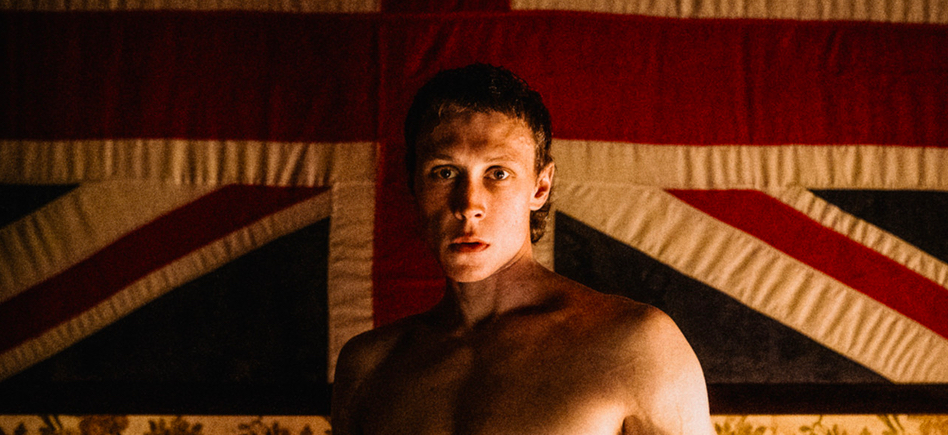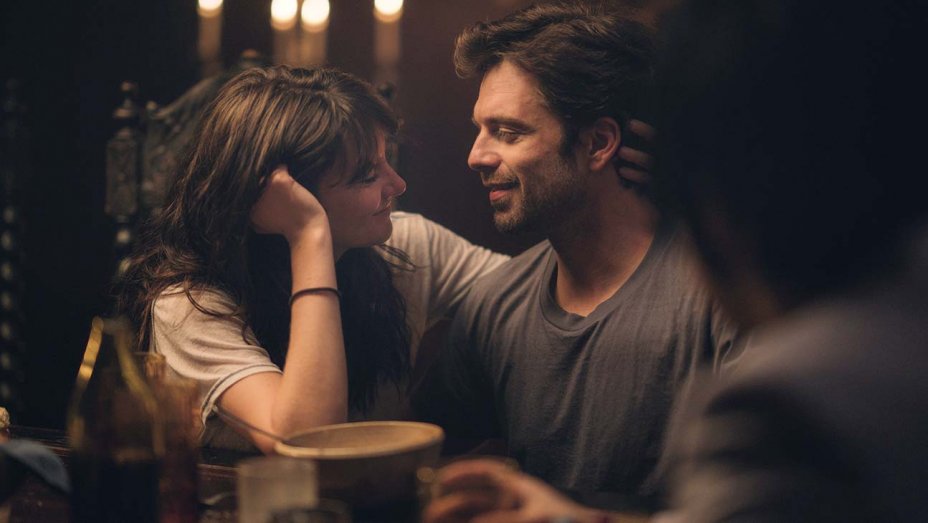True History of the Kelly Gang
by George Wolf
Planting its flag unapologetically at the corner of accuracy and myth, The True History of the Kelly Gang reintroduces a legendary 1870s folk hero through consistently bold and compelling strokes.
His death imminent, Australian outlaw Ned Kelly (1917‘s George MacKay in another impressive turn) is writing a letter to the daughter he will most likely never see. With a promise to “burn if I speak false,” Kelly wants his child to separate fact from fiction in the family history.
It’s an audacious, somewhat cheeky opening from director Justin Kurzel, considering that the film itself is based on a historical novel. Kurzel and screenwriter Shaun Grant – the duo behind the true crime shocker The Snowtown Murders nine years ago – go bigger this time, trading spare intimacy for a tableau of grand visual and narrative ideas.
After a heroic act in childhood, Ned gets the chance at a proper education. That offer is spurned by his angry and defiant mother (Essie Davis, terrific), who instead passes Ned off to notorious Aussie bushranger Harry Power (Russel Crowe in a sterling cameo) for an intro into the outlaw life.
With a direct nod to the moment when “the myth is more profitable than the man,” Kurzel spins an irresistible yarn that manages to balance the worship of its hero with some condemnation for his sins. And as the road to Kelly’s guns-blazing capture unfurls, the film incorporates elements of both a tense crime thriller and a Nightingale-esqe reminder of savage colonialism.
Does the legend of Ned Kelly owe more to history or myth? Hero or murderer? True History…. aims higher than one word answers, with storytelling that often soars before landing.













